7 Reasons Southeast Asia is much better than Europe for budget travelers
As an American, Canadian, Australian, or even a Brit, the first major trip you dream of is tramping around continental Europe. And for good reason. Cities like Paris, Rome, Barcelona, Berlin, and Amsterdam should all be on everyone’s destination lists.
Many of us take a big trip or two that connects all those famous cities, and then we either keep going back or maybe we get lazy and start going to Mexican beach resorts or Hawaii year after year.
The thing is, if you’ve got at least a normal sense of adventure, and especially if your travel budget is limited, then Southeast Asia is likely a better choice for your next holiday. The common definition of that is Thailand, Vietnam, Cambodia, Laos, and Burma, but this is also true of Malaysia, Singapore, Indonesia, and the Philippines, not to mention India, Nepal, and Bangladesh as well.
1 – SE Asia is WAY cheaper than Europe

The cheapest city in Asia is Hanoi, where a backpacker can have a pretty decent time for a bit over US$10 per day. Compare that to, say, Paris, where the same group of expenses currently goes for US$75 per day, and you’ll recognize the value. Realistically, when you are in a super-cheap area you are more likely to splurge a bit more since everything on the scale is a deal.
Instead of a dorm bed for US$6 you can get a private room for US$10 per night, including in-room wi-fi, TV, a small fridge, and a big comfortable bed. You practically live like a king for US$30 a day in many cities in the region, compared to US$30 not quite even paying for a dorm bed alone in some European cities.
2 – The weather in SE Asia is good all year round
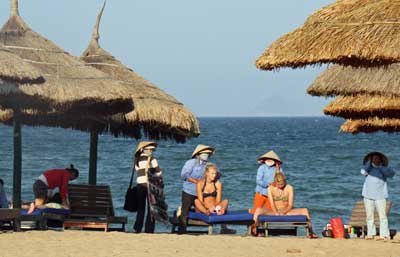
On the other hand, most of SE Asia is tropical and therefore has only 2 seasons. There’s the dry season (mostly from November through May) and the so-called wet season (June through October). However, the wet-season thing is rarely more than a minor inconvenience, and it actually brings temperatures down to more welcoming levels in some places.
During the wet season in SE Asia you’ll usually have a few days a week where it either pours for an hour overnight, or for an hour in the late afternoon. If it’s in the afternoon it’s a perfect excuse to pop into a sheltered restaurant for a US$1 beer or two while you wait. In very rare cases there can be flooding, and while this does create problems for locals, tourists are almost always able to get elsewhere or to higher ground in plenty of time.
3 – Crowds of tourists are very rare in SE Asia
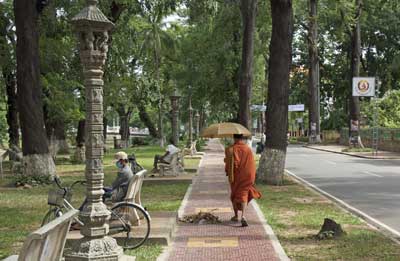
And it’s not just the beach cities that get jammed. Go to London or Prague or Amsterdam during those two months and you’ll be in a sea of fellow tourists. Add these things up and Europe only has a couple good months on either side of summer where the weather is decent and it’s not insanely crowded.
In SE Asia, you’ll find crowds in many islands and resort areas around Christmas, and in Bali and a few other places in August, but in most SE Asian cities you couldn’t really call it crowded for at least 11 months a year. This means that finding cheap hotels is always easy, usually with no reservations in advance, and intercity tourist buses can usually be booked the night before with few worries.
4 – There's no pressure to learn the languages in SE Asia
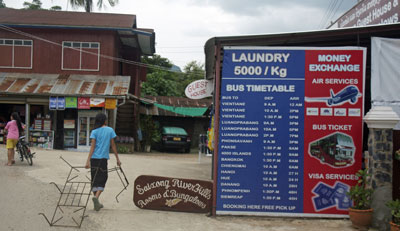
The same thing can be said for most of northern Europe (thanks to the English skills of residents there), but in countries like Spain, France, Italy, or Greece, you really are at a disadvantage if you don’t (or aren’t able to) absorb the local language. For some people it can be stressful or even make them much less outgoing, which can detract from the overall experience.
For better or worse, the people of SE Asia have accepted the fact that they have more economic opportunity if they speak at least some English, plus have all important signs and menus and such in English as well. Many of them love practicing their English on tourists, so it can be surprisingly easy to do anything you want and even make a few friends.
5 – SE Asia is way more exotic than Europe

With the exception of parts of Singapore and Kuala Lumpur, there is almost nothing in SE Asia that will NOT feel exotic to you. From the temples to the street food to open-air markets to even the kitchy souvenirs, nothing will look familiar, and this should be thrilling.
You can get eggs and toast for breakfast anywhere you go, but you might soon be hooked on spicy chicken noodle soup instead. It’s easy to start from scratch and take nothing for granted when you are exposed to a totally different way of doing things.
6 – Air Asia is cheap, and actually a good airline
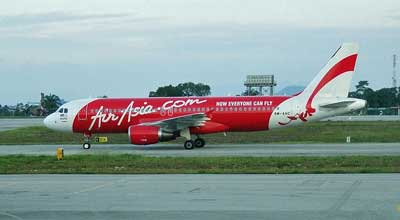
There are several low-cost carriers operating in SE Asia, and many aren’t much better than the European ones, but Air Asia is the biggest and best, and with a bit of advanced planning they can make your trip much cheaper and more efficient.
Like the others, Air Asia starts with extremely low prices and then the price keeps moving higher as the plane fills up. So booking a month or two in advance (or flying early in the morning or late in the evening) will get you a very low base fare for your flight, maybe US$30 between their major Kuala Lumpur and Bangkok hubs.
Their service is good and professional, and the planes aren’t as cramped as you might fear, but probably the best part is that the add-on prices are very low as well. Reserve a seat with extra legroom for maybe US$6 extra (instead of $50 on a US airline). Order a lunch for US$4 extra, and bring a big heavy suitcase with you for maybe US$10 extra. It makes you feel like a big shot when those upgrades are each so cheap that you can afford all of them.
7 – Your money is helping people who need it more
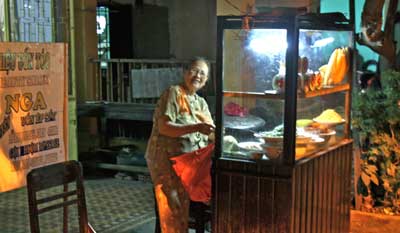
Seriously, most tourist restaurants in a country like Vietnam are owned and operated by a single family. Often it’s the mom running the operation with the children as the staff, while the father has another full-time job. It’s a nice feeling knowing your (meager) travel funds are going directly to pay the rent and buy food for an appreciative family that is cooking for you and serving you.
Air Asia photo by Simon_sees on Flickr

i would like to know the two places have in commun, Asia and Europe? and what the problems a would have in both destinations?
Williams,
That is a very open question. I’ve spent years in Asia and years in Europe so I might be able to help, but I’d need a more specific question. -Roger
I am flying to Ho Chi Minh City in January for a school trip but I want to take a few days and explore before or after my school trip. It’s a cultural immersion trip. I am not sure if ther is a tour company to connect with or what would you recommend? I am seeing if a few classmates want to take an extra few days as well. Any suggestions would be helpful. Thanks,
Cindy,
Vietnam is a tricky place because a majority of its local travel agents are hucksters to some degree. Even in neighboring Cambodia, Laos, and Thailand, this isn’t really the case. That said, it’s quite easy to book things yourself once you get there, and most things are very cheap. I can’t really suggest where you might go without knowing where your school trip is going.
It’s pretty easy to travel independently in Vietnam once you get there, as long as you know to be a bit skeptical of the claims of the local travel companies doing the booking. I spent 4 months in Vietnam and loved it. I’d say Hoi An is the most interesting tourist city, though it’s not very close to Ho Chi Minh City. Dalat is also interesting and quite different from most other Vietnamese cities because it’s a hill station with a different climate. If you are a fairly experienced traveler I’d say just fly to Vietnam and then buy a train or bus ticket to where you want to go. But if this is one of your first trips you might be best off booking a little tour. Just be skeptical of the online travel companies based in Vietnam as well. If you tell me more about what you have in mind I can help you further. -Roger
It’s also much safer and there is more civility.
great site. I live in Dubai.Is visting Thailand and Vietnam in 10 days feasible?
Marcia,
The best way to do that would be to fly into Bangkok and spend 4 days there, then fly to Hanoi or Ho Chi Minh City for 3 days and then fly to the other one for 3 days. You’ll obviously only get a taste of each country, but you’ll have enough time to visit three excellent and different cities. Let me know if you have any other questions. -Roger
Commentgreat advise. I like this plan. Solo traveler. *